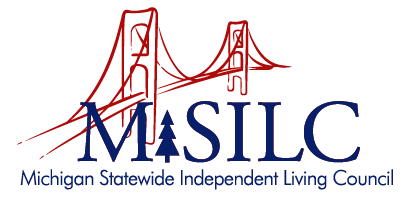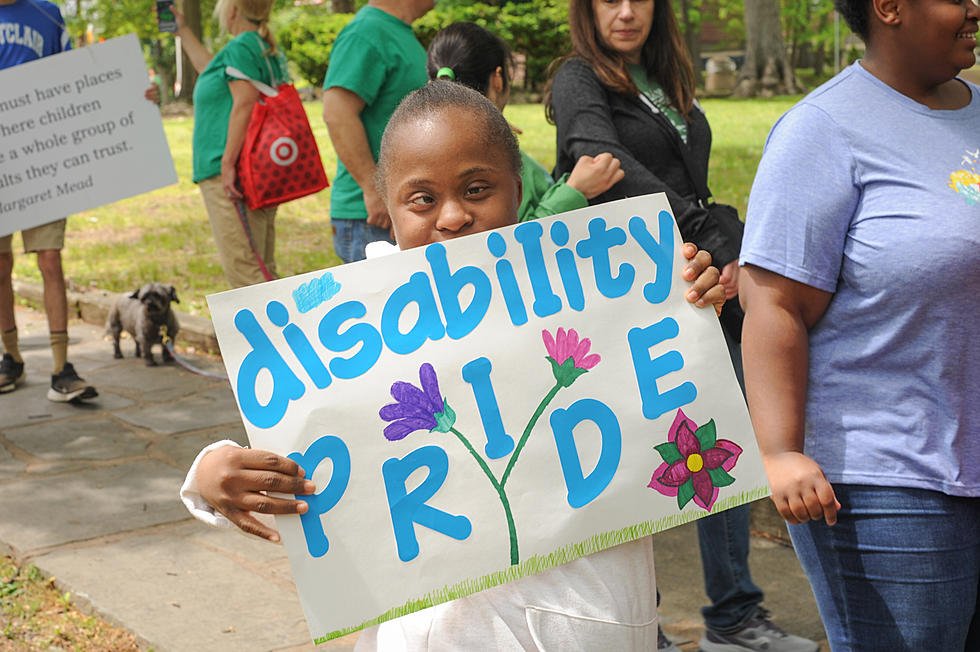The Americans with Disabilities Act turns 33 this week! With every anniversary, there is reflection – on what the ADA has achieved, and more importantly, how it raises the bar and challenges us to go even further for disability rights. As we recognize the incredible accomplishment of activists throughout history to develop and garner support for the ADA, how do we do even more to ensure access and inclusion? What does the next generation of advocacy and activism look like?
For those of us who remember the pre-1990 world, there are unmistakable improvements between now and then: people with disabilities post-ADA have legal protections that those who came before could only dream of. Public spaces are more accessible than ever to people with physical, neurological, and sensory disabilities. “Disability pride” is helping to shed age-old stigmas about disability and embracing the diversity it brings to our world. However, as anyone who lives with a disability in the post-ADA world knows, laws improve access, but don’t guarantee it. People with disabilities still face plenty of physical, digital, and social barriers that make everyday life more difficult. Awareness increases our society’s knowledge about disability, but doesn’t eliminate disparities in employment, healthcare, housing, and more that affect people with disabilities. The ADA’s enactment in 1990 changed our entire culture for the better, but it’s far from a panacea. Looking back on 33 years of implementation inspires us to both celebrate this groundbreaking act and think about what comes next for disability rights and advocacy.
As an organization led by people with disabilities and charged with representing and advocating for Michigan’s disability community, we’ve watched the ADA evolve our policies, systems, and physical environment to better serve the disabled community. Yet, the reason we need a network of 15 Centers for Independent Living is that true access is still elusive for too many people with disabilities. The Centers for Independent Living provide essential resources for people with disabilities on a variety of topics, from housing and employment to independent living. They also guide employers and municipalities in promoting inclusion and provide vital support to families and caregivers. These CILs are central to ensuring people with disabilities have access to a full range of available services.
We’ve developed a State Plan for independent Living that goes beyond the minimum standards for access that the ADA protects to create communities where people with disabilities are valued and included, not simply accommodated. Our SPIL uses feedback from Michiganders with disabilities, advocacy organizations, and others to identify issues that impact the lives and livelihoods of people in the disability community. For example, we’ve strongly advocated for better wages and working conditions for the direct care workers who play a crucial role in ensuring the independence and autonomy of many people with disabilities. In a world where extreme weather and global conflict are increasing the odds of an emergency or disaster scenario, we are also helping to ensure that people with disabilities are protected and accounted for with personal safety plans and other services. Finally, we have focused resources on specific underserved populations within the disability community, including Blind people, aging residents, and people of color.
The ADA is the cornerstone of today’s policy and cultural approach to disability, and it deserves all of the celebration and recognition we can offer. After 33 years, it must also be considered history. This foundational law was groundbreaking in 1990, but standards and ideals must evolve just as they have for other civil rights movements. We are the advocates who will shape this evolution and the new norms and ideals for disability rights and access. Together, we can envision and create a more inclusive future. Learn more about the Centers for Independent Living and MISILC partners here!





